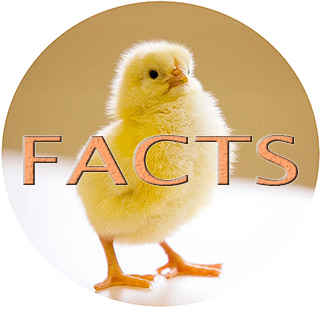Why are baby chicks yellow?

Here’s a detailed explanation of why baby chicks are yellow, broken down into sections for clarity:
Genetics
Baby chicks inherit their appearance, including their color, from their parents through genetics. The yellow coloration of chicks is primarily determined by their genotype.
Specifically, it’s influenced by the presence of a pigment called “xanthophyll” in their feathers.
Xanthophyll Pigment
Xanthophyll is a type of pigment commonly found in plants, algae, and some animal tissues. In the case of baby chicks, xanthophylls are present in their diet, particularly in the form of yellow pigments found in certain grains, example: corn and wheat.
These pigments are absorbed into the chick’s body during digestion and are then deposited in their growing feathers, giving them their characteristic yellow color.
Camouflage and Protection
The yellow coloration of baby chicks serves as a form of camouflage in their natural environment. In the wild, chicks often hatch in nests located on the ground or in low vegetation.
Their yellow feathers help them blend in with their surroundings, making them less visible to predators – example: birds of prey and mammals.
Signaling
The bright yellow color of baby chicks also serves as a visual signal to their parents, helping them locate and care for their offspring. Parental birds are attracted to the bright coloration of their chicks, making it easier for them to find and provide food and protection.
Interesting Facts

The yellow color of baby chicks is not exclusive to any particular breed or species. Chicks of various bird species, including chickens, ducks, and quails, typically exhibit yellow down feathers after hatching.
As chicks mature and grow their adult feathers, their coloration may change depending on their breed and genetics. Some breeds of chickens, for example, develop different plumage colors as they mature, ranging from white and black to various shades of brown and red.
The process of feather development in chicks, known as “molting,” involves the shedding of down feathers and the growth of adult feathers. During molting, the chick’s appearance may change as new feathers replace the old ones, potentially altering its overall coloration.












